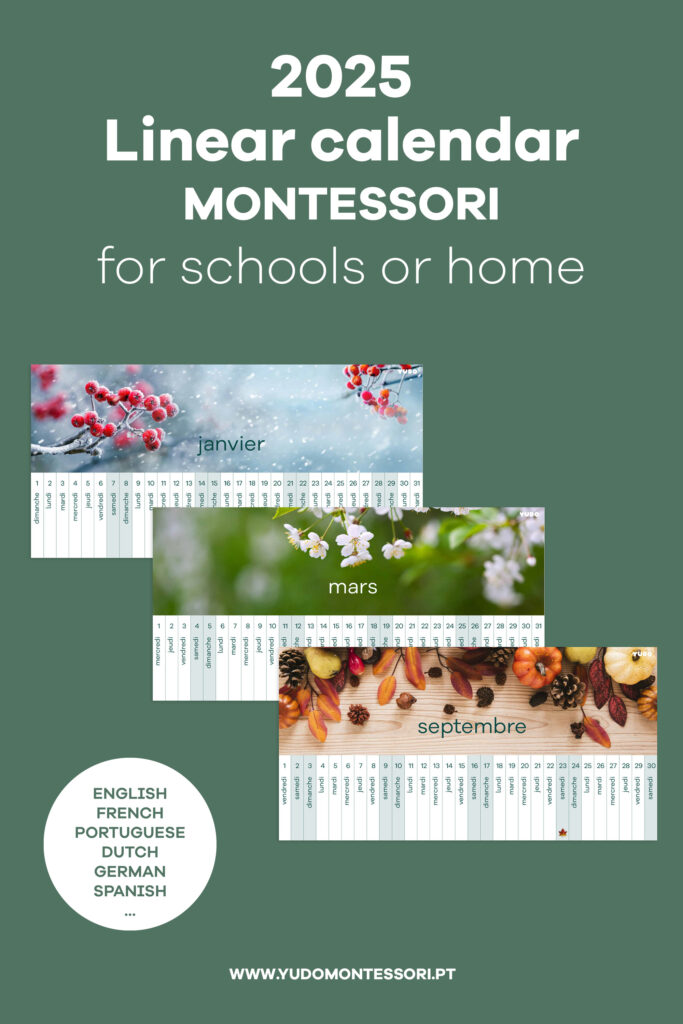
The linear calendar (or Time Beam) is a visual representation of time that follows a continuous, straight line instead of the usual monthly or yearly grids.
The passage of time is a very abstract concept for kids,, and a linear calendar allows them to better understand the sequence of days, weeks, months, years, and seasons in a single, uninterrupted line, making it easier to comprehend how time progresses.
If you want to know more about the subject, I recommend this article about “Time perception in children: A neurodevelopmental approach” by Sylvie Droit-Volet.
Instead of viewing time as isolated units, they perceive it as a continuous flow. This understanding helps them relate the past to the present and comprehend future events better.
Children can manipulate the linear calendar by moving markers along the line, marking events with a sticker, pen, or clothespin, counting the days to a specific occasion (birthdays, holidays, doctor appointments, etc.), and setting goals as they anticipate future milestones on the timeline.
This linear calendar comes with beautiful real images per month with a general event that occurs in nature.
For example, the Northern Hemisphere portrays the flowers blossoming in May or the snow in January.
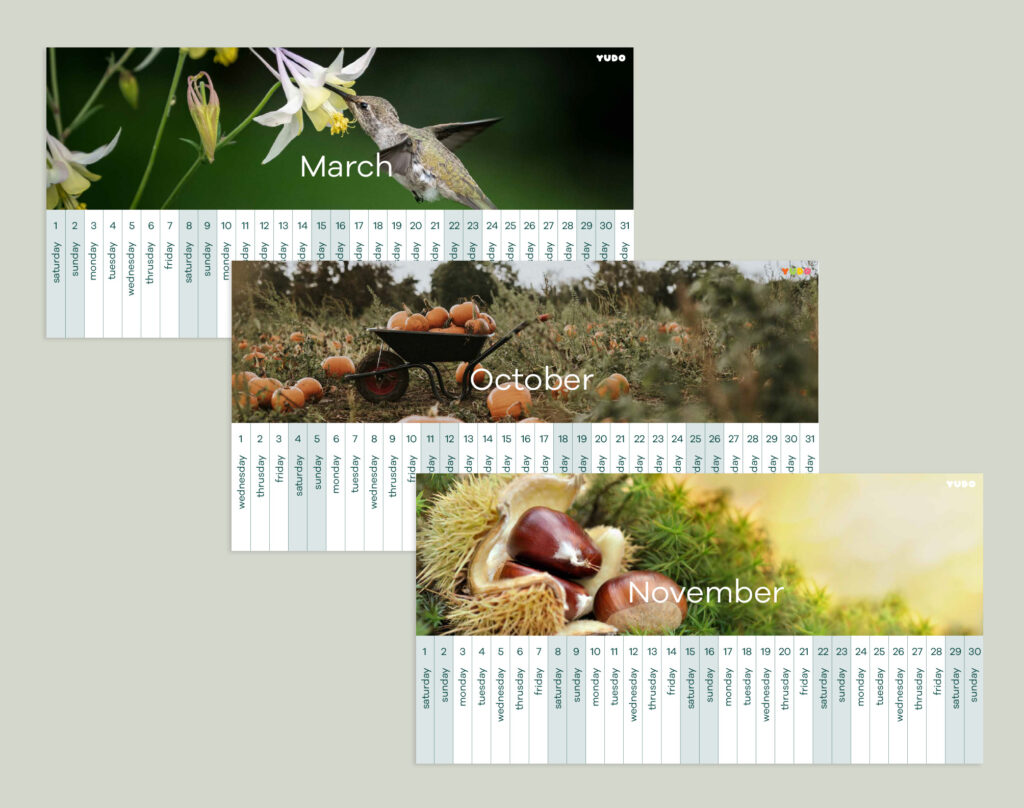
(Both North and South Hemisphere calendars for 2025 are available).
Linear calendars are widely used in Montessori education, and it is a powerful tool for preparing children to embrace time as a continuous flow, enabling them to connect the past, present, and future.
You can use the linear calendar at home or in a classroom.
Carlota has one at her school, and we have another in our house, in the hall, placed at eye level, and where we have marked the most important dates like family and friends’ birthdays.
Also, Linear calendars are fantastic wall decorations.
If you’re looking for a product that you can’t find in the store,
or
If you have any questions or specific requests (like an additional language), please let me know.
I would love to help!
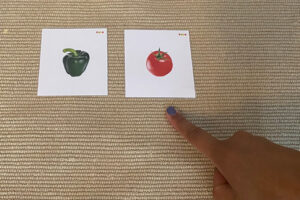
The Three-Period Lesson is a widely recognized teaching method in early childhood education. It was developed by Edouard Seguin, a French physician who worked with special needs children in the
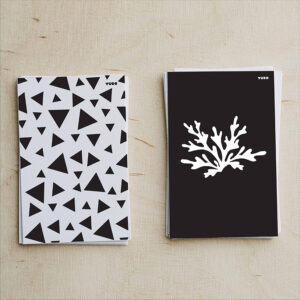
Montessori high-contrast cards for babies hold an important place in the early development of infants. They feature simple patterns, shapes, and designs with high-contrast colors such as black and white,
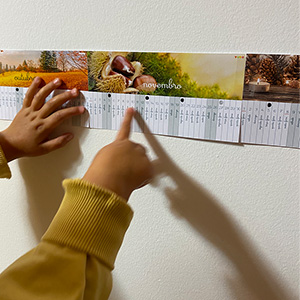
The linear calendar (or Time Beam) is a visual representation of time that follows a continuous, straight line instead of the usual monthly or yearly grids. The passage of time is
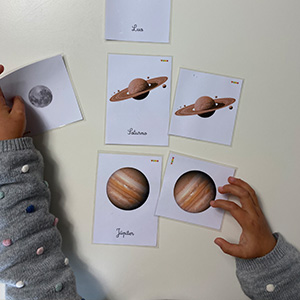
3-part Montessori cards, sometimes called naming or ranking cards, are an excellent tool to help your child expand the flyover, enrich the language, and advance new concepts. They can be